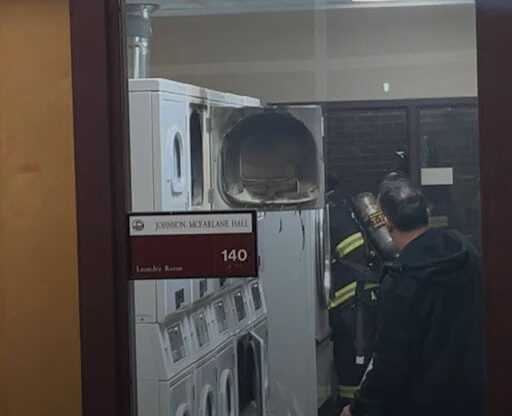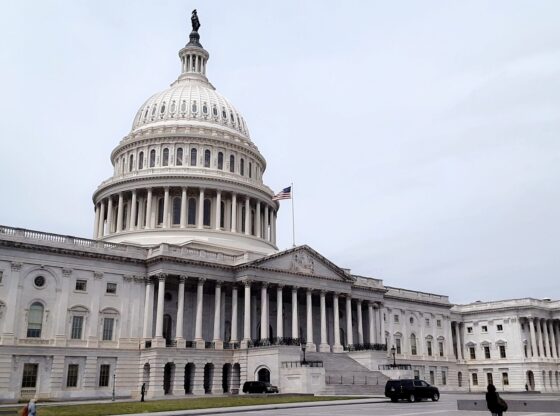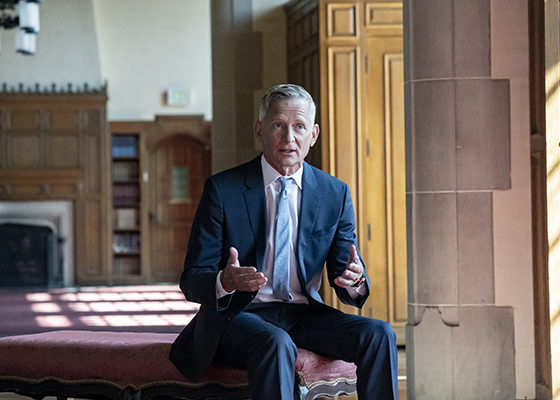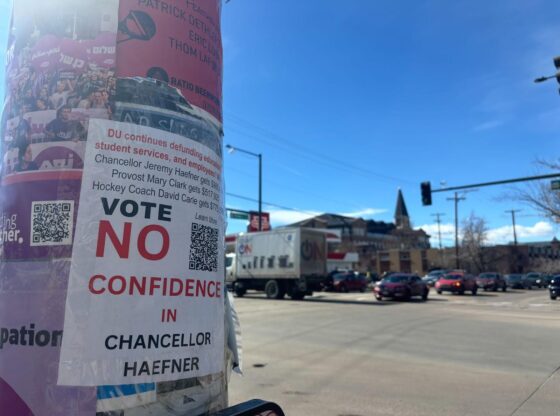I am 73 years old and have inadvertently replicated John Evans’ sojourn across the continent. I spent my youth in Evanston, Ill., was inspired to go to college by walking the campus of Northwestern University and enrolled at DU in 1959, graduating in 1963. I have yet to visit Evanston, Wyo. Any person who could help found two universities and provide leadership to the territory of Colorado in its nascent days was by definition an accomplished and more to the point, complicated person. He, John Evans, was also a man of his time—a white man, no less—who helped create, support and sustain a climate that made possible the genocide of native people. More specifically, Evans is linked to the Sand Creek Massacre.
At one point, a great deal of Colorado territory was given to Indians as part of a treaty; when gold was discovered, the treaty was broken and Indians were forced to live in a territory 1/13 the size covered by the original treaty. When John Evans was appointed territorial governor, part of his charge was to carry out the constriction of the Native American land and, as can be imagined, such a charge was met with resistance by Native Americans. Every act of resistance was met with over-reaction, and what ensued was the “total” defeat of native people, where “defeat” was translated to mean genocide.
Emblematic of White over-reaction to Native American resistance was the Sand Creek Massacre of 1864. John Evans did not participate in the massacre but he appointed Colonel John M. Chivington, who oversaw the barbarity. The Colonel was also a Methodist Preacher. When details of the massacre leaked back to Washington, at least three inquiries were conducted and eventually John Evans was forced to relinquish his post as Territorial Governor. The reader is encouraged to go online and read the eyewitness testimony provided at these hearings. Once the reader has absorbed such information, it is readily understood why Colonel Chivington was never nominated to be DU’s mascot.
The extermination of Native Americans was not successful. Our alumni include descendants of those massacred at Sand Creek. Their presence presents DU alumni with a unique opportunity for dialogue—a conversation yet to be started. In this sense we have fallen behind the actions of our sister institution, Northwestern University. Recently the links between the Sand Creek Massacre, John Evans and his founding of NU have become the focus of an official study group—a group made up of distinguished faculty, inclusive of Native American and Holocaust historians. They are to report back to the NU President in the summer of 2014.
And DU’s response? The Boone fiasco. My interpretation of the messages being conveyed by the First Nation people who are DU alumni is as follows: “Look, you won, we were defeated—almost to the point of extinction. If making John Chivington the pioneer mascot is a repulsive suggestion, what makes it so hard for you to comprehend that Daniel Boone, whose reputation was built in part on his image as a killer of Indians, is, at the very least, offensive to us.
Why do you interpret my request as an act of political correctness? Why are you so ignorant to your own people’s history? Let Boone go. Now clasp my hand so we can walk forward together in the search for a mascot worthy of the modern image of the University of Denver.” How ironic that despite Evan’s racist behavior in the past, he created this wonderful institution—DU—and it is here at DU that all parties can come together to achieve a greater sense of common destiny and humanity than was possible during Evans’ life.
Perhaps he understood that a university education values the historical perspective, and makes it possible to create campus activities and debates that afford people in the present the opportunity to apply healing ointment to scars carried over from the past. Thus, here we exist in the same space: The progeny of Chivington and Evans alongside the descendants of those who survived the Sand Creek Massacre. We have come full circle and must take advantage of this otherwise surreal opportunity.
What is needed is for the Trustees and Chancellor of the University of Denver to commission its own study group; we can then hold a teach-in dedicated to an intense, realistic and forward-leaning dialogue between representatives of the local Native American communities and DU staff, faculty and students. We can investigate whether it is true that the leader of the Sand Creek Massacre—recall he was a Methodist Preacher—played a role in the early days of the Colorado Seminary.
Perhaps a wealthy DU alumnus can fund a DU Remembrance & Reconciliation Fund, dedicated to scholarship and dialogue around the relationship between Native Americans, our nation in general, Coloradoans in particular, and DU’s history. Would it not be wonderful to construct an arch of remembrance and forgiveness right here on campus, close to the Iliff Seminary? It could be engraved with the names typical of those massacred at Sand Creek (the names of the victims are not recorded). After reading a plaque containing the details of the massacre, a person could walk under the arch and experience the spirits of the dead, and upon exiting the arch experience a sense of relief at having sent a silent message to the dead, requesting forgiveness and a wish that their restless souls find peace.
Finally, the struggle for reconciliation is not a “racial” thing—pitting white versus Native American alumni. I am African American, and there was a time when I had misguided pride in the history of the Buffalo Soldiers. No sooner had my own people stepped out of slavery than some of us joined the Army to participate in the defeat and destruction of Native peoples. One oppressed group turned on another. Should the remembrance and forgiveness arch ever be built, I will be one of the first in line to take my turn at walking under the arch. My soul is no less in need of cleansing, forgiveness and reconciliation.











